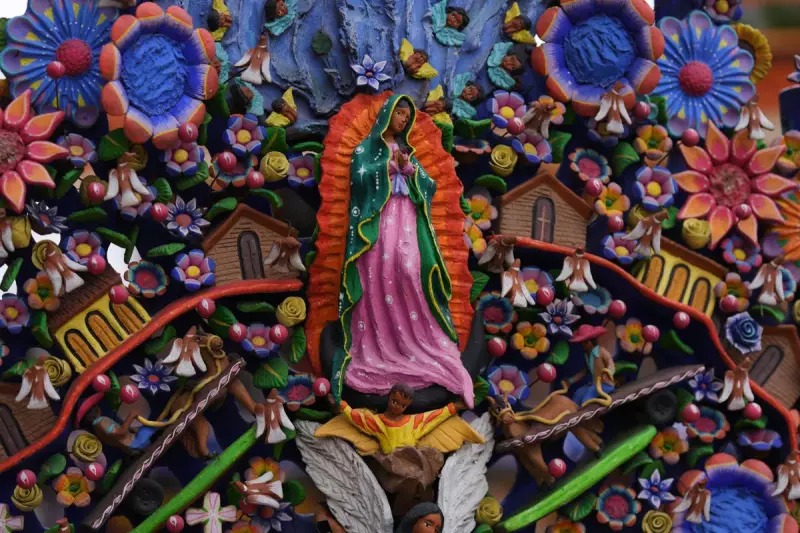
The Vatican finds itself at the centre of an environmental controversy following revelations about its handling of donations intended to offset the carbon footprint of Pope Benedict XVI's 2012 visit to Mexico.
Church officials confirmed they plan to use approximately £240,000 in donations to plant trees across Mexico, creating what they term a 'virtual forest' to compensate for environmental damage caused by the pontiff's travel.
The 'Virtual Forest' Initiative
According to Vatican spokesman Federico Lombardi, the funds will support reforestation efforts in Mexico's vast Bosque Escuela region. The initiative represents the Church's commitment to environmental responsibility, with Lombardi stating the project would create 'the life of a forest' through sustainable planting practices.
The unusual 'virtual' aspect of the forest raised eyebrows among environmental experts, who questioned how the carbon offset would be measured and verified.
Transparency Concerns Emerge
Critics have challenged the Vatican's approach, pointing to several concerning aspects:
- Lack of detailed planning: Specifics about tree varieties, planting locations, and maintenance plans remain unclear
- Monitoring mechanisms: No independent verification process for the carbon offset claims has been established
- Financial transparency: Questions surround how exactly the substantial donation sum will be allocated
Environmental campaigners expressed disappointment, noting that the initiative falls short of modern standards for carbon offset projects.
Historical Context of Papal Environmental Efforts
This isn't the first time the Vatican has engaged in environmental symbolism. In 2007, the Church gained attention for installing solar panels and participating in a Hungarian reforestation project to become the world's first carbon-neutral state.
However, the Mexican tree-planting scheme represents one of the most substantial financial commitments to environmental compensation in recent Vatican history.
As the Catholic Church continues to navigate its role in environmental protection, this controversy highlights the challenges religious institutions face when translating ecological principles into practical action.





